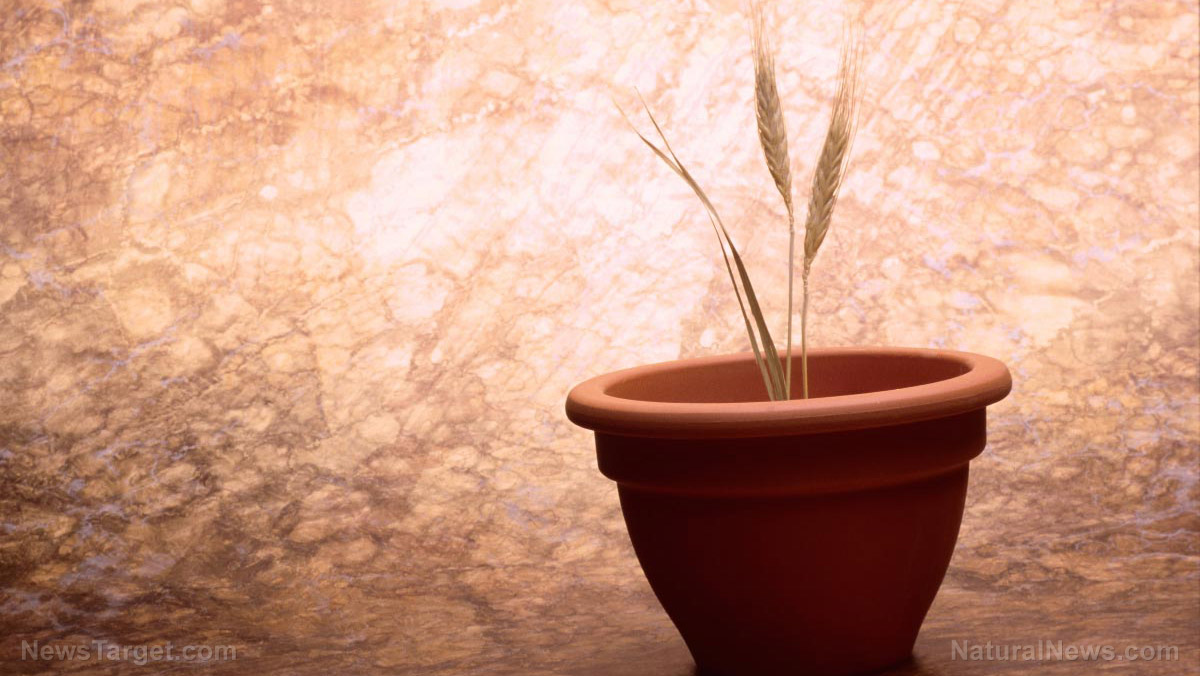Boost immunity and enjoy better sleep with plants in the bedroom that are recommended by NASA
10/26/2017 / By Jhoanna Robinson

Scientists from the National Aeronautics and Space Administration (NASA) say that you need plants in your bedroom to beat certain ailments like colds, insomnia, and difficulties in breathing.
The plants can also decrease anxiety and stress, improve mood, and get rid of airborne pollutants in your room, thus making the environment better for asthmatic patients, scientists add.
According to NASA, the following plants should serve to bring a sense of calmness and order into your sleeping area, and hopefully into your life, too.
- Areca palm – Endemic to Madagascar, the areca palm is very effective at removing airborne pollutants; thus it should be the plant of choice for people who are prone to getting colds and have sinus problems. Areca palm releases moisture into the air, making the air more breathable and causing the bedroom occupant/s to fall asleep quickly.
- Aloe vera – Because of its small size, it can be easy to keep aloe vera in the house. It is aesthetically pleasing and is deemed as one of the best plants for air purification by NASA. It releases oxygen nonstop, making it an ideal bedroom plant decoration. It also negates the air effects of benzene (which is found in plastics and detergents) and formaldehyde (found in varnishes and floor finishes) for that extra purity that your bedroom air needs.
- Boston fern – This pretty plant has been beautifying indoor landscapes since the Victorian era. It is number nine in NASA’s list of 50 air-purifying plants; as its uses extend to the removal of formaldehyde in the air.
- Spider plant – This plant is a fast grower. It can get rid of up to 90 percent of the toxins from the air in your bedroom in just two days, making it the plant of choice for people with dust allergies.
- Dwarf date palm – This houseplant is “independent” in the sense that you can forget to water it for two days and it will still be okay – it doesn’t need that much tending after. It is great at removing airborne pollutants such as xylene.
- Lady palm – Another air pollutant-remover, it can be counted on to remove ammonia, formaldehyde, toluene, and xylene from the air.
Other benefits of houseplants
People who frequent urban areas are found to spend an average of 90 percent of their time indoors; researchers from the Royal Horticultural Society are of the opinion that “bringing the outdoors inside” can offset the loss of whatever natural benefits that being outdoors have that are lost in the process of staying cooped up most of the day. (Related: 7 Houseplants That Prevent Insomnia & Purify Your Air Naturally.)
100% organic essential oil sets now available for your home and personal care, including Rosemary, Oregano, Eucalyptus, Tea Tree, Clary Sage and more, all 100% organic and laboratory tested for safety. A multitude of uses, from stress reduction to topical first aid. See the complete listing here, and help support this news site.
Studies show that office workers become more productive and are more energized to do their daily tasks when their work areas are filled with greenery; hospital patients are even said to have better tolerance against pain when there are plants in hospital rooms and hallways.
“Indoor plants can also elicit a number of physical health benefits, including the removal of airborne pollutants, both particulate and gaseous, which lead to better indoor air quality and associated improvements in physical health,” the Royal Horticultural Society said in an article that was published in the journal Plantsman.
Read more stories such as this one at Herbs.news.
Sources include:
Tagged Under: air filters, air purification, airborne pollutants, aloe vera, areca palm, bedroom plant, clean air, colds and sinus problems, health benefits, houseplants, indoor plants, NASA, toxins




















